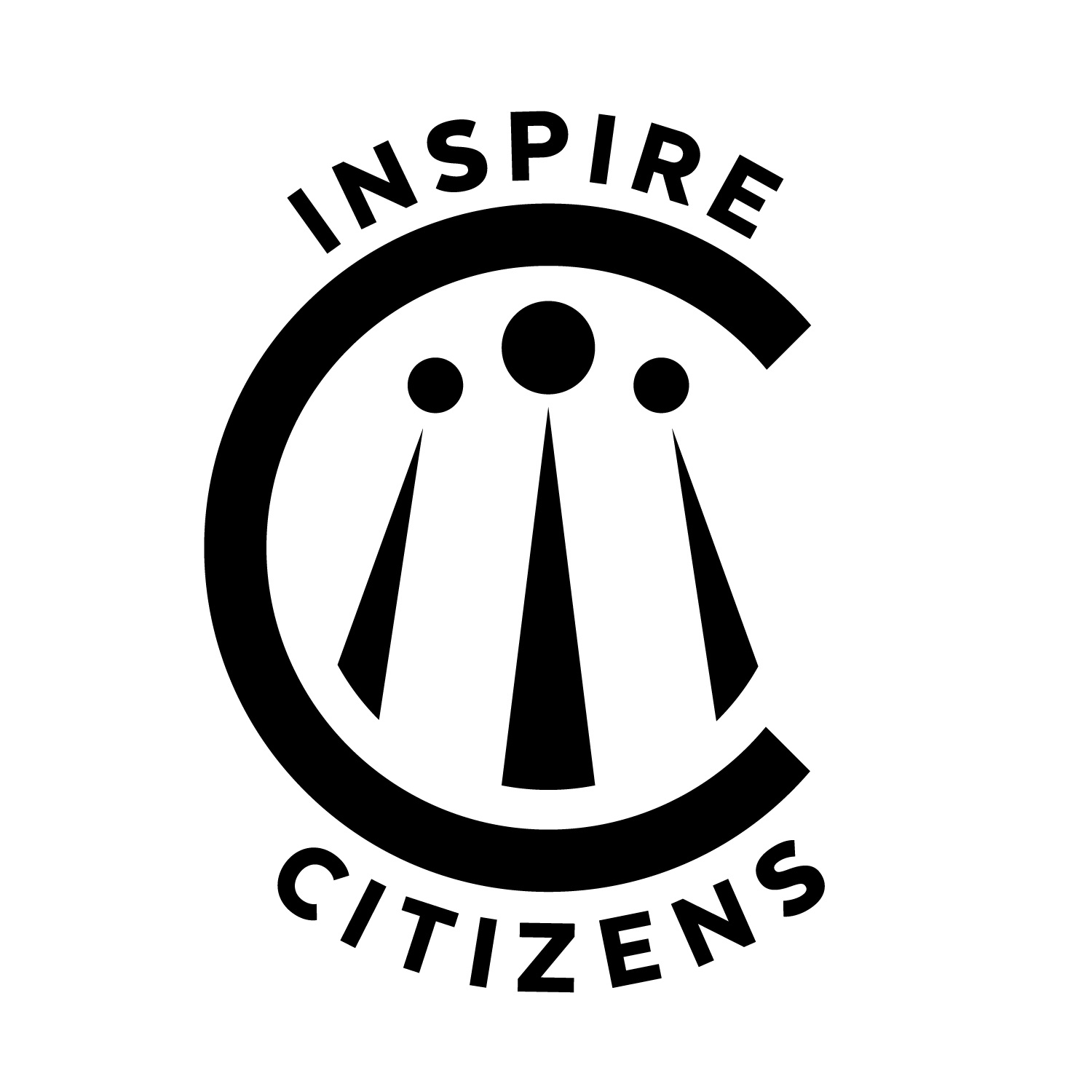Promoting a Service Mindset Through Community Learning and Engagement
In a progressive move towards redefining the purpose and impact of service learning, Singapore American School (SAS) is embarking on a profound transformation. Guided by the principles of intentionality, sustainability, and community-centered collaboration, the school has charged a working group with developing a vision to reimagine traditional service learning as a more contemporary expression of "community learning and engagement."
This inquiry process, spearheaded by SAS’s leadership and educators like Curriculum and Instruction Coordinator Scott Riley, embodies the ideal of aligning with modern educational paradigms while rekindling relationships impacted by the pandemic. At the heart of this evolution is the recognition that service learning, when deeply embedded within curricular and co-curricular structures, holds the potential to nurture belonging, purpose, and joy in students.
Rediscovering Purpose After the Pandemic
“Historically, SAS has been deeply involved in service learning across all divisions,” shares Scott. “However, like many institutions, our initiatives experienced a hiatus during COVID-19, which provided an opportunity to reflect on our practices and reignite this critical work with renewed vigor.”
In the wake of these reflections, the review team’s approach aims to embed community learning as a cornerstone of education. A more transactive approach is being earnestly explored through the embracing of Community Learning and Engagement, often shortened to CLE, as a reciprocal process of recognizing strengths and co-constructing collaborative goals going forward. This endeavor aligns with the school’s strategic aspirations to create meaningful connections and intentional partnerships, exemplified through programs such as Caring for Cambodia (CFC). Scott elaborates, “Caring for Cambodia has been an invaluable partner, and our collaboration underscores the importance of reciprocal relationships that benefit both our students and the host communities.”
Integrating Expertise: The Inspire Citizens Connection
A pivotal player in this transformation has been Inspire Citizens, an organization renowned for fostering student agency and global competency. Scott Jamieson, an IC coach and facilitator based in Singapore, has been instrumental in guiding the journey of the SAS working group. “What’s unique about Inspire Citizens,” Scott Riley notes, “is their ability to co-construct frameworks tailored to our specific context. They’re not here to implement their vision but to help us realize our own.”
Inspire Citizens coach and facilitator Scott Jamieson became an important resource as the SAS working group developed their vision for community learning and engagement.
Scott Jamieson’s global perspective and case studies have infused the process with inspiration and clarity. Cormac Davey, a key contributor to the SAS community learning initiatives, appreciates this collaborative dynamic. “The breadth of experience IC brings, combined with their ability to contextualize solutions, has been a game-changer. Their resources—from podcasts to workshops—remind us that while community engagement can be messy and challenging, it is also profoundly rewarding,” says Cormac.
Shaping the Framework: Intentionality at Every Level
The emerging vision explores the possible outcomes of a developmental continuum of community learning, beginning as early as the Early Learning Center (ELC) and extending through high school. This progression would ensure that students experience a gradual release of responsibility which has already begun:
ELC and Elementary School: Facilitated partnerships such as the ARC Center, where students build relationships with community elders.
Middle School: Co-creative opportunities like the Caring for Cambodia Service Learning Club, led by community collaborators such as Cormac, who emphasizes student-led initiatives framed by tools like the Roots and Shoots methodology.
High School: Student-driven leadership programs and experiential learning through initiatives like Classroom Without Walls.
The deliberate integration of community engagement into SAS’s curriculum reflects a broader goal: to shift mindsets from viewing service as an “add-on” to recognizing it as a central pillar of educational experience.
A recent face-to-face experience for Singapore American School students added further reinforcement to a larger picture of building sustainable partnerships that will stand the test of time. In this image, from February 2024 in Siem Reap, Cambodia, SAS Grade 7 and 8 students are seen alongside new friends plus teachers and parents.
The working group’s vision for broader integration prioritizes student choice over prescription.
Looking Ahead: Sustaining Impact
The long-term vision for SAS’s working group is both ambitious and inspiring. Scott Riley articulates a possible future where engagement is seamlessly woven into the fabric of the school’s culture: “Our aim is to integrate these experiences at every grade level, ensuring that they are not only impactful during a student’s time here but also plant seeds for a lifetime of community engagement.”
Equally important is the sustainability of partnerships. Cormac emphasizes the need for long-term strategies that benefit both students and host communities. “A successful partnership should evolve to a point where our support is no longer needed. That’s the ultimate goal,” he reflects.
A Legacy of Hope and Transformation
As SAS continues to build on its community learning framework in line with its strategic plan, the collective effort of educators, students, and partners like Inspire Citizens stands as a testament to what’s possible when intentionality meets collaboration. By fostering authentic connections—within their own community and beyond—the school is not only preparing its students for the future but also creating a legacy of meaningful, reciprocal relationships.
In the words of Scott Riley, “This work is about embedding hope and purpose in our students. It’s about showing them that they are agents of change, capable of shaping a better world.”
Is your school on a journey to improved community engagement? Find more inspiration here.




